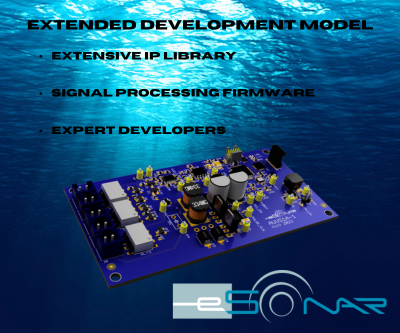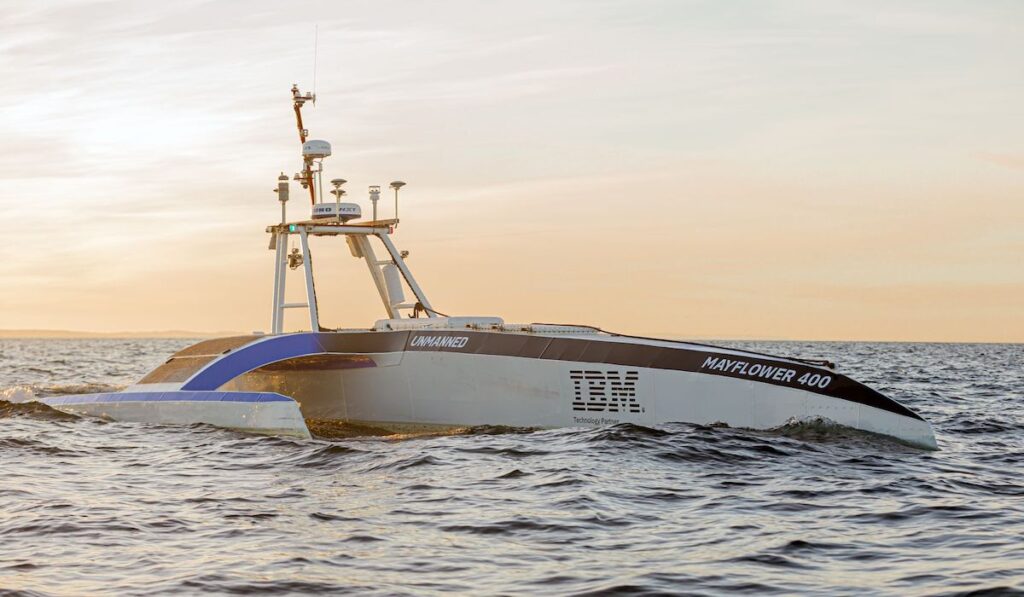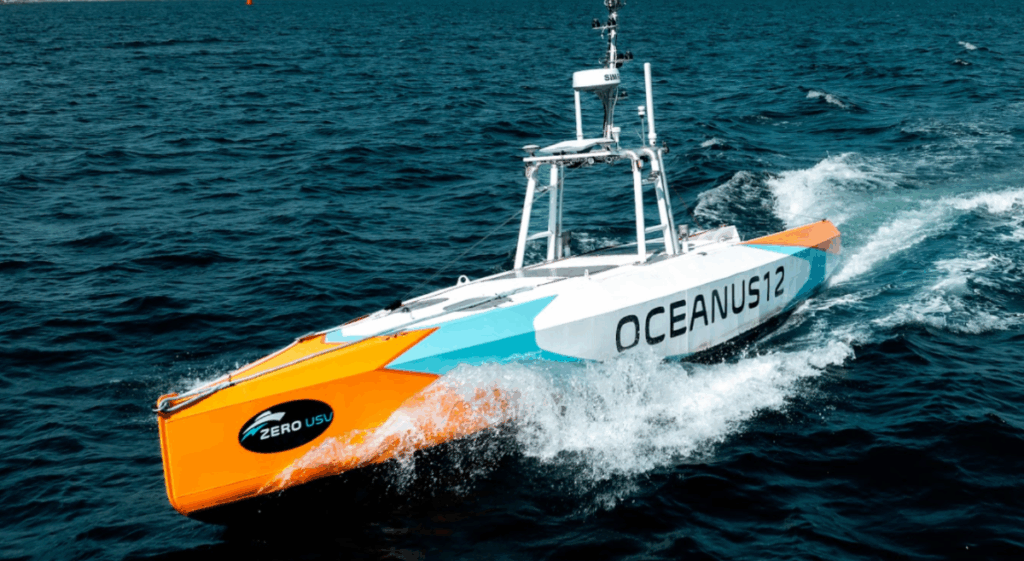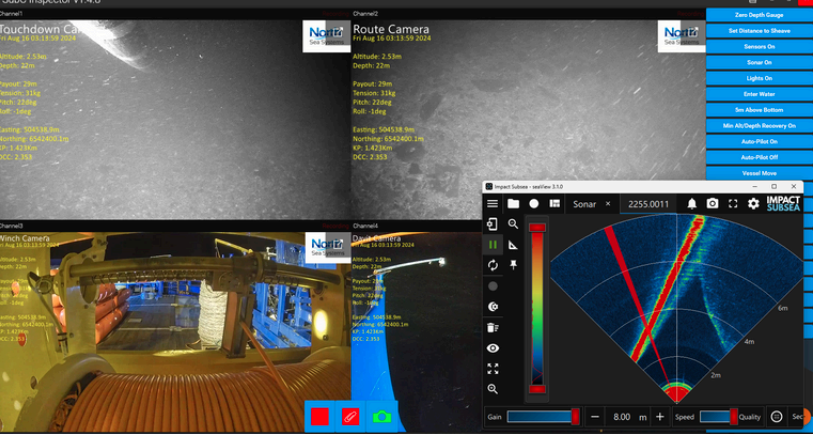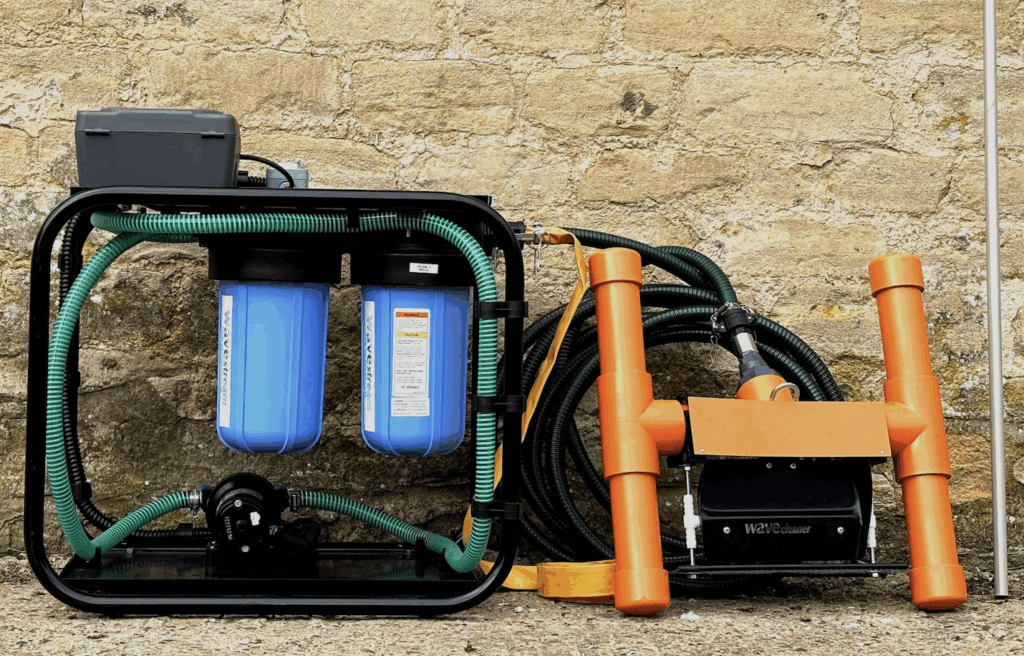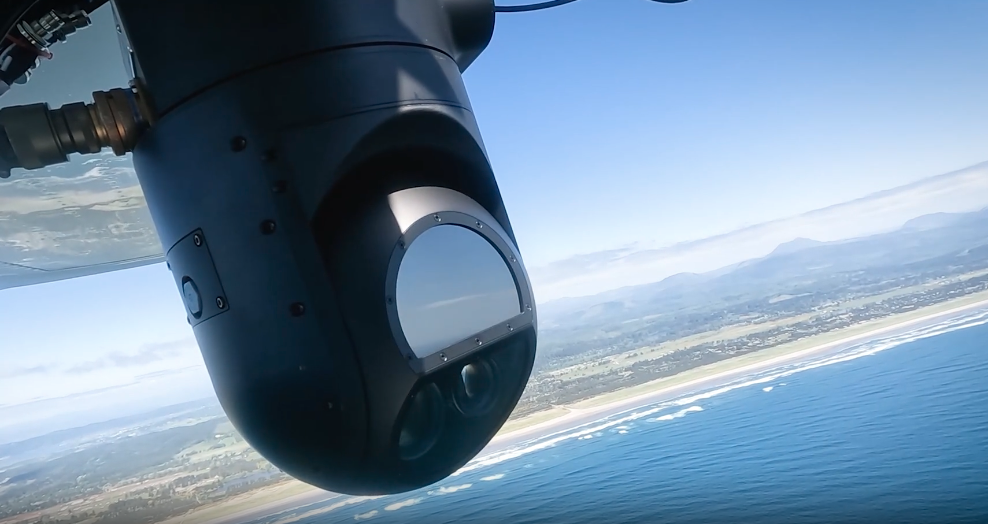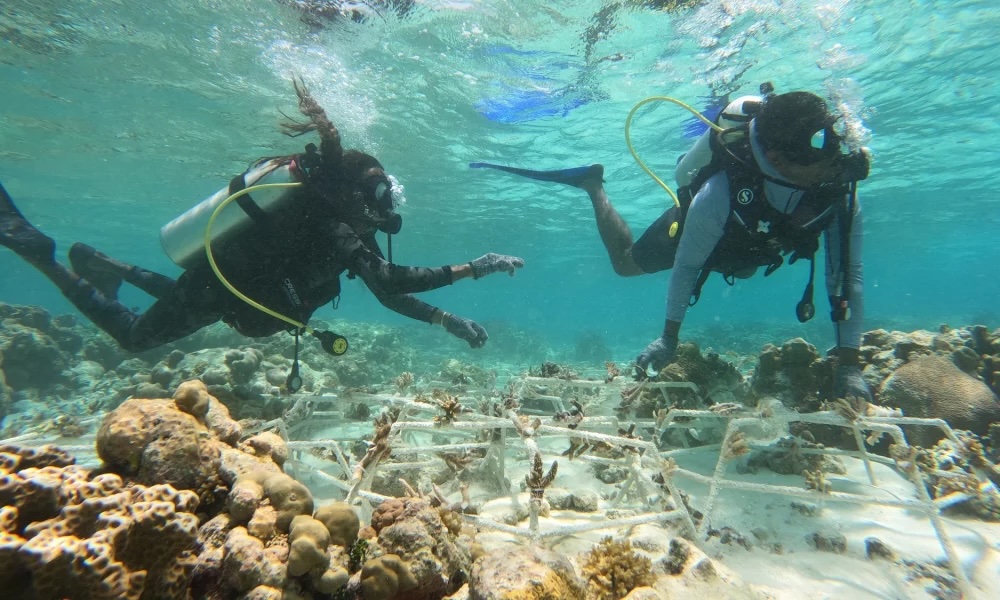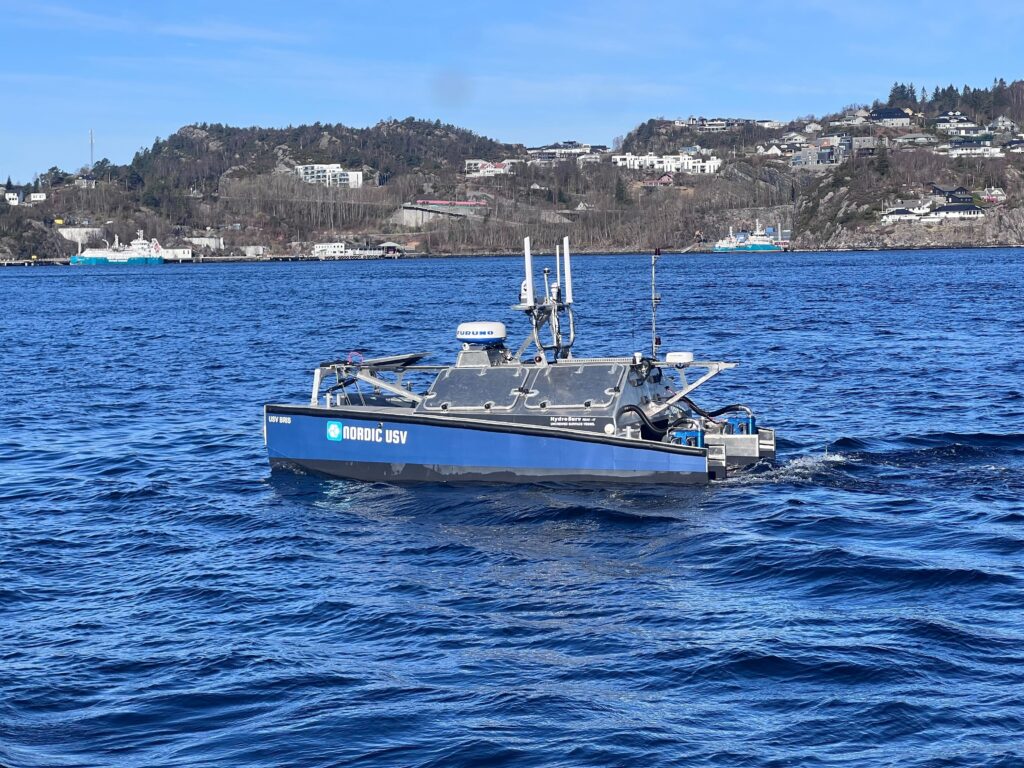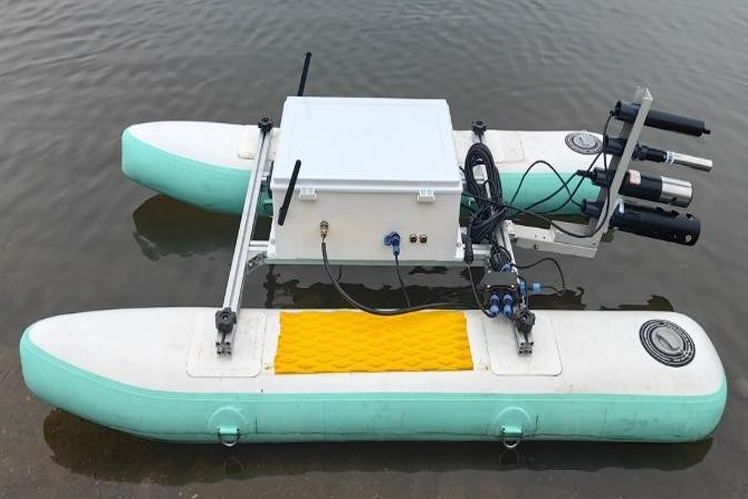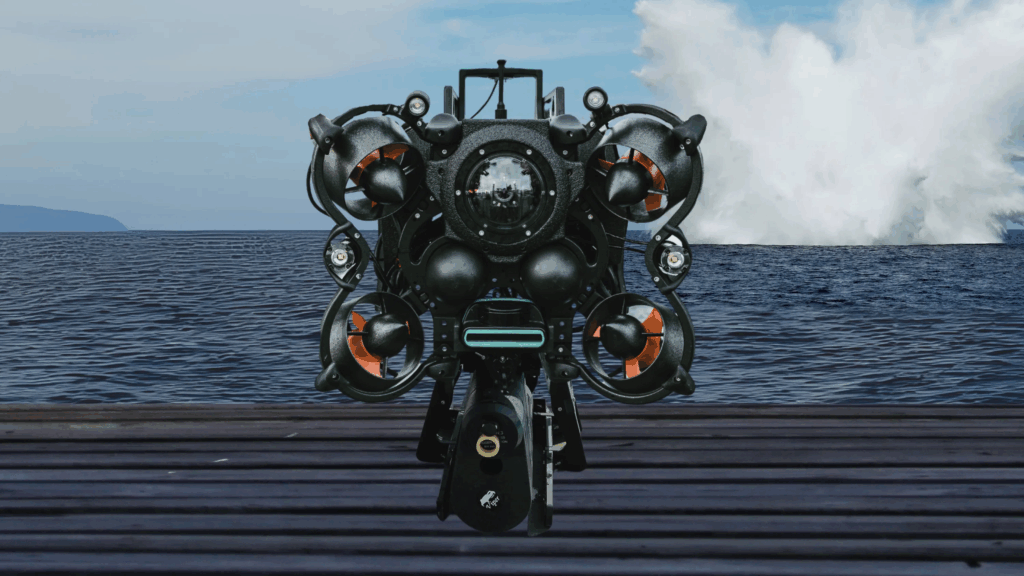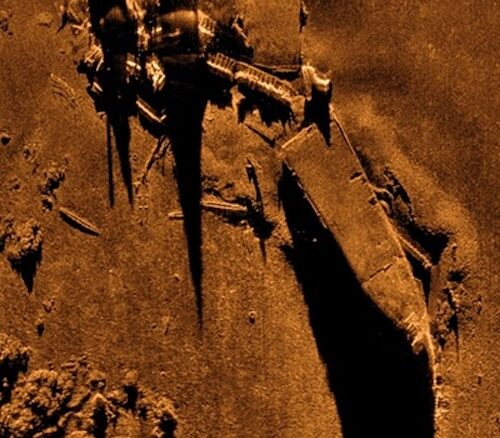
Synthetic Aperture Sonar
Discover cutting-edge solutions from leading global suppliers
Kraken Robotics has secured more than $3 million in new contracts for its advanced Synthetic Aperture Sonar (SAS) technology, highlighting growing international demand for high-resolution subsea imaging solutions.
The latest orders will see Kraken’s SAS integrated into a diverse fleet of uncrewed underwater vehicles (UUVs) and autonomous platforms across key regions including Asia-Pacific, Europe, and North America.
A significant portion of the orders includes a delivery to the University of Southern Mississippi’s Roger F. Wicker Center for Ocean Enterprise, which will deploy Kraken SAS on a range of autonomous underwater vehicles (AUVs) and autonomous surface vessels (ASVs). The systems will support mission-critical activities in research, development, testing, and evaluation, reinforcing the Center’s role as a hub for innovation in ocean technology.
Greg Reid, President and CEO of Kraken Robotics, said, “We continue to see high demand for our synthetic aperture sonar on uncrewed systems, especially for small-class UUVs. Kraken SAS enables clients to significantly increase the capabilities of their uncrewed platforms, providing a larger swath with consistent high resolution, enabling missions to be completed faster and more accurately.”
Kraken SAS is engineered to deliver ultra-high-resolution seabed imagery while simultaneously performing bathymetric mapping. Operators can select between processing resolutions of 3cm x 3cm or 2cm x 2cm, with effective range capabilities extending up to 200 meters per side—making it ideal for detailed surveys in both shallow and deep water environments.
With a flexible and modular architecture, Kraken SAS is compatible with small, medium, and large-diameter UUVs rated for depths of 300, 1000, or 6000 meters, ensuring seamless integration across a wide spectrum of subsea platforms. This versatility makes the system a preferred choice for defense, academic, and commercial operators seeking enhanced situational awareness and mapping accuracy in complex marine environments.

